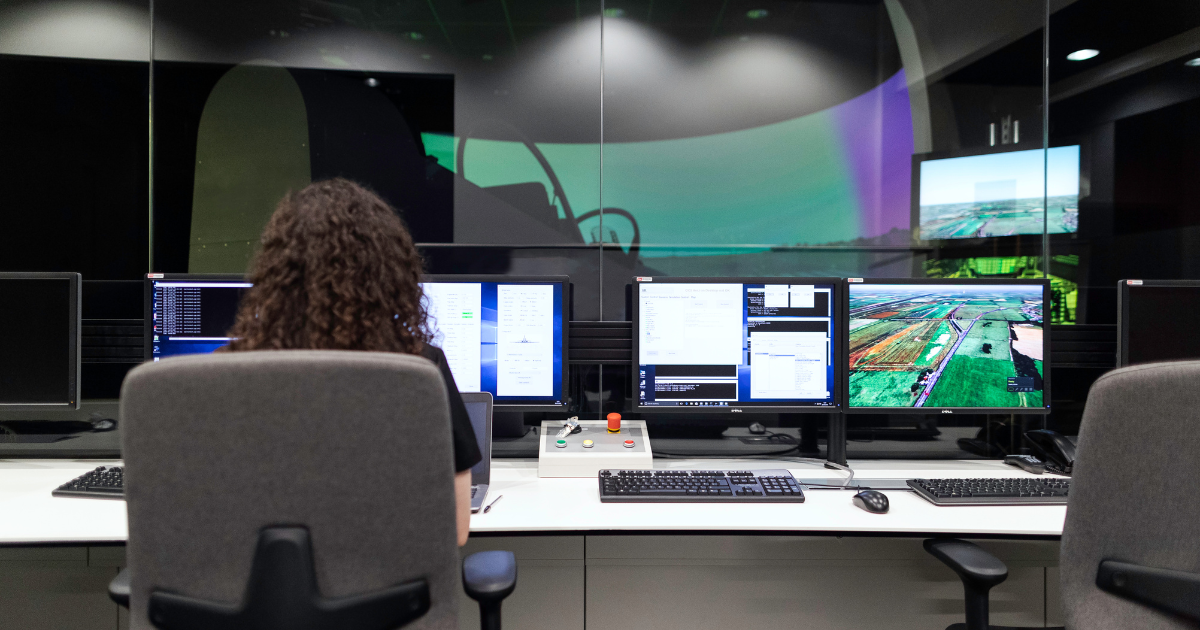A real device farm is a collection of physical mobile devices used to test mobile apps. These devices can be used to test the app on a wide range of different devices and operating systems and can provide valuable insights into how the app will perform in the real world.
One of the main benefits of using a real device farm is that it allows developers to test the app on various devices and operating systems. This can help identify and fix any compatibility issues that may arise when the app is used on different devices, such as screen sizes or OS-specific bugs. Additionally, testing the app on real devices can help ensure that it will work correctly for all of the app’s users, regardless of the device or operating system they’re using.
Another advantage of using a real device farm is that it allows for more accurate testing than using emulators or simulators. Emulators and simulators can be useful for testing the app on different devices. Still, they may not always accurately represent how the app will perform on a real device. By testing the app on real devices, developers can be more confident that the app will work correctly in the real world.
Compared to using real physical devices, a real device farm offers more flexibility as it allows for testing on a wide range of devices. It also allows for more automation, which can save time and resources. However, if a company only needs to test on a small set of devices or has a limited budget, using real physical devices might be a better option.



